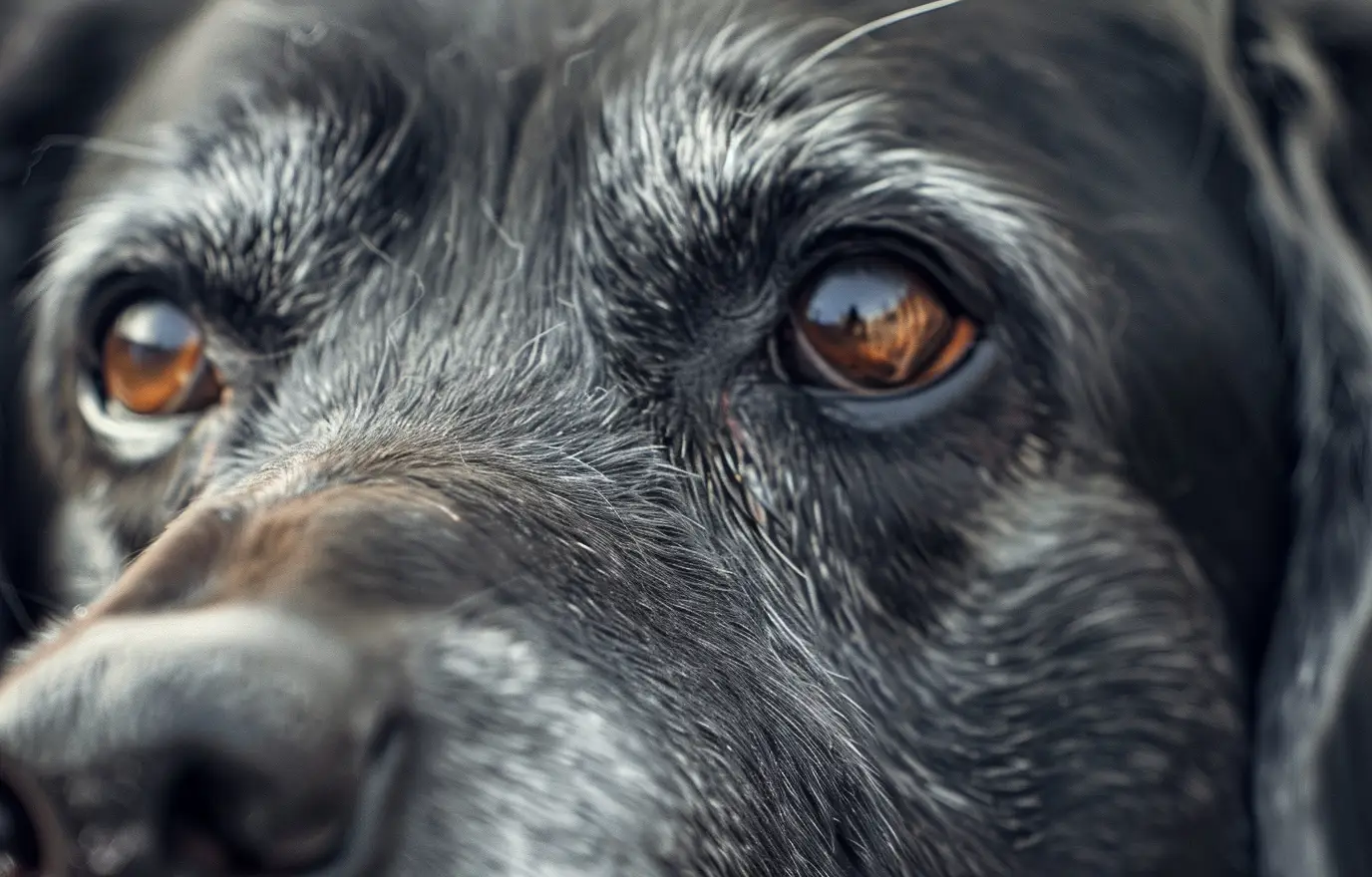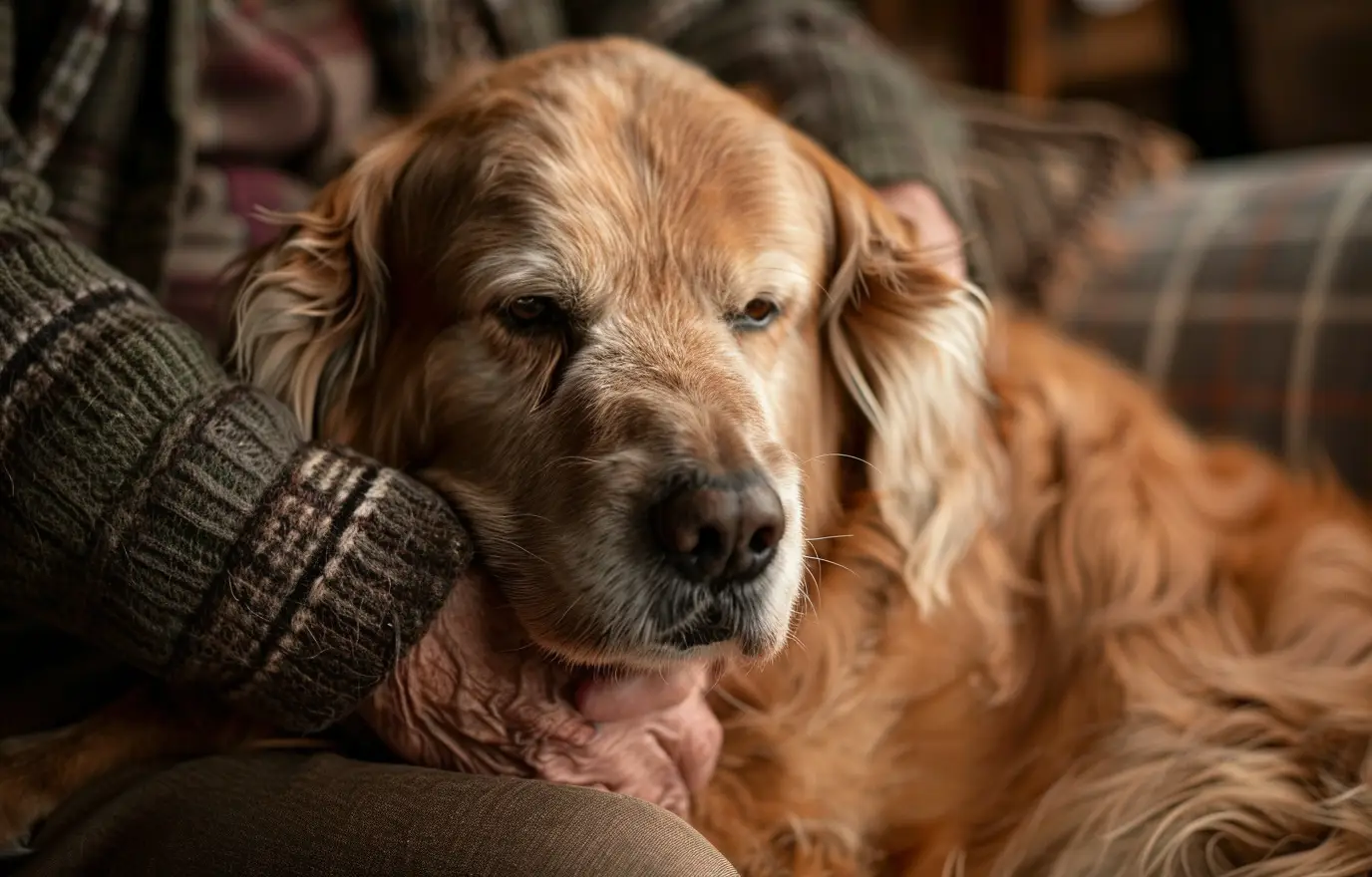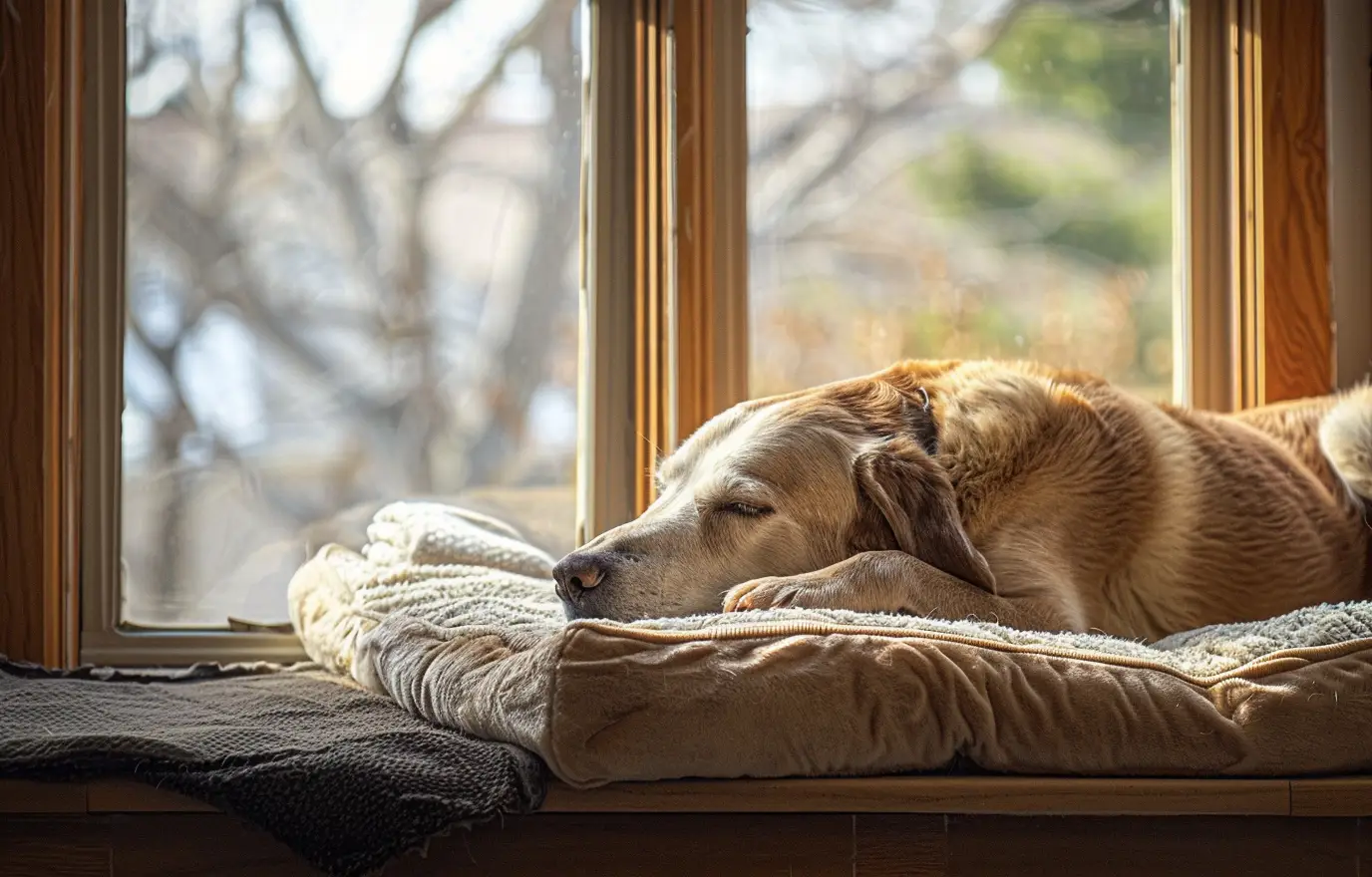9 Tell-Tale Signs Your Dog’s Getting Old

Owning a dog brings so much joy, but as they age, their needs change. The playful puppy who once ran freely may now move at a slower pace. Recognizing these signs and preparing for them can make your senior dog's golden years more comfortable. Whether your dog is 6 or 10, the Senior Dog Care Handbook helps you manage aging, health issues, and adjust their care. Understanding these changes is key to ensuring your dog enjoys their later years, especially as they approach the end of their pet's life.

Physical Signs of Aging in Dogs
Cloudy Eyes or Vision Problems
As your dog ages, you may notice cloudy eyes or vision problems. This is often a normal sign of getting old, but it can also indicate cataracts or other health issues. If your senior dog seems disoriented or struggles with daily activities, it’s important to consult your vet to address potential vision problems early and keep them comfortable in their later years.
Bad Breath (Worse Than Usual!)
Bad breath in senior dogs is common, but if it worsens significantly, it could signal dental issues or even more serious health problems like kidney disease. Aging dogs are more prone to health issues, so regular vet check-ups and dental care are crucial to manage these concerns and maintain your dog’s well-being during their golden years.

Slowing Down or Mobility Issues
You may notice that your older dog has trouble with stairs, jumping into the car, or getting up after naps. These mobility issues can be due to arthritis or other joint problems. Adjusting their exercise routine and considering low-impact activities like swimming can help them stay active without overexerting themselves.
Lumps and Bumps
As dogs age, they can develop lumps under their skin, which are often harmless fatty deposits. However, any new lumps should be examined by a vet to rule out potential malignancies.

Weight Changes
Older dogs might gain weight due to reduced activity or lose weight due to health issues. Monitoring their weight and adjusting their diet and exercise can help maintain a healthy balance. Significant weight loss warrants a vet visit to check for underlying issues.
Incontinence or Difficulty Urinating/Defecating
Accidents in the house or difficulty with bathroom routines can be common in older dogs. While incontinence can be a normal part of aging, it’s important to rule out infections or other conditions with your vet.

Behavioral and Mental Signs of Aging
Increased Sleep and Fatigue
It’s normal for senior dogs to sleep more. If your once energetic dog now prefers lounging all day, it’s simply a sign of their aging process.
Grumpiness or Irritability
A sudden change in temperament, such as increased grumpiness, might indicate physical discomfort or pain. It’s important to monitor these changes and consult with your vet if needed.

Canine Cognitive Dysfunction Syndrome (CCDS)
CCDS, akin to Alzheimer’s in humans, affects many older dogs. Symptoms include confusion, increased anxiety, and changes in sleep patterns. While there’s no cure, treatments can help manage symptoms and improve quality of life.
Signs of CCDS include:
- Fear of familiar objects or people
- Changes in sleep-wake cycles (e.g., restlessness at night)
- Increased barking or vocalization
- Forgetting commands or house-training
- Compulsive behaviors (like pacing)
- Anxiety and confusion

